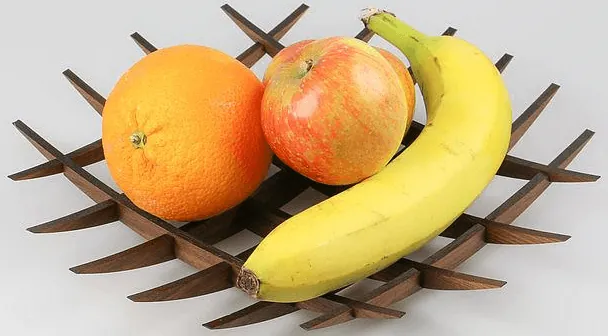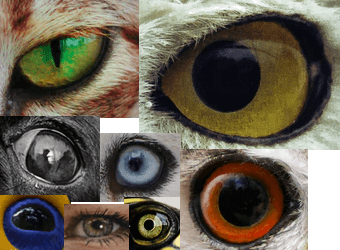Note: we received this article as a submission from an author who wishes to remain anonymous. We will endeavor to pass on any feedback or questions and post responses.
It can be hard to judge the quality of your own video game. You've worked hard and poured your heart and soul into it, and it's easy to forgive things that others will find off-putting. You've probably played it a lot during the process and will have become accustomed to things that might be jarring for others. On the flip side, creators can be their own worst critic; it can be easy to become hyper-critical and notice all the little flaws or rough edges that your audience may not care about or even be aware of.
Obviously, it's hugely beneficial to get feedback from others and to playtest your game, but it can be hard to find reliable feedback, and you may be hesitant to do so in the earlier stages of development.
How then, can you reliably judge the quality of your game so that you can be sure you're making your best product? One solution is to use references.
Visual References

You might have seen an artist painting or drawing something that's right there in front of them; stopping to check and adjust details as they go. The perfect way to ensure your artwork matches the real thing! But what if they can't work in front of their real subject? They might refer to one or more photos of their subject (or a similar one) instead. This is a reference; something to refer to, to check the details. You can do this too!
You don't need to copy a subject exactly, like a learning artist faithfully rendering a fruit bowl - your subject may not even be something that exists in the real world! Perhaps your video game features fantastical monsters, mysterious aliens, or any number of imaginative creations. Fortunately, you can still use references for smaller portions of your work.

A selection of eyes for inspiration.
Perhaps you need some striking eyes for your alien species. Claws for a vicious monster. Rippling muscled limbs for a powerful beast of burden. Whatever it is that you're after, with some quick searching you'll be able to build a quick collection of reference images for inspiration and to check that the details of your work are realistic. Along with a good handle on fundamental art skills, the use of reference images can allow you to quickly judge and improve the quality of your work.
QuoteTip: You can still use real photos as a visual reference when creating stylised works, but if you're having trouble judging the quality of your work you could also seek out other work in that medium for comparison. Compare your cel-shaded game to comic book art, etc.
Feature References
Visual references are fairly obvious once you've thought of them, but we can use references in other ways too.
Is your game complete, or is it missing things it might need to really capture an audience? Compare to similar games to see if you've implemented all of the features players are likely to expect, and if similar games have something that yours don't, think about whether not having that feature is an improvement (sometimes it is!) or whether it's something your players will miss.
Note that in this case when I say similar games I don't necessarily mean something with the same theme and gameplay, which may not exist if you're producing something creative, but rather something that would be played by a similar audience. Maybe no one else is creating a hack & slash game where you can establish and explore romantic relations with your weapons, but you could still look at both action RPG titles and dating simulations to see if you've included everything players of those genres might expect. Making a lightweight casual puzzle? Look at other hyper-casual games. Hardcore simulation? Look at other in-depth sims.
Does your game offer the input methods players will expect? Do other games in your genre all offer unlockable characters? Is your game accessible? Do you have that neat screenshot-sharing feature your competitors all offer?
Quality References
Your art looks great. You have all the features players might expect. But is your game polished enough?
The good thing about judging quality is you can even compare to games that have wildly different gameplay. Instead, you would want to compare your game to others of a similar price point: if you're making a small free-to-play puzzle, don't compare to a blockbuster AAA game.
Do your screenshots grab attention like those of your chosen references? Are the animations as smooth? Is there a consistent theme, or is that font you chose for the menu options jarring and out of place?
Conclusion
By finding and comparing your game to references, you can more easily judge the quality of your work and see if there are things to improve or add.









Thank you for your article. As a newbie solo developer I am always on the lookout for articles and tips to help me improve. Though short, it is to the point and I appreciate that. I've read articles touching on the points you make, but often they were long and, for lack of a better term, rather academic in tone. Good stuff, but required some thinking to extract the meat. Your article is refreshing and has given me a clear direction to follow as I move forward in the development of my own game. Again, thank you.